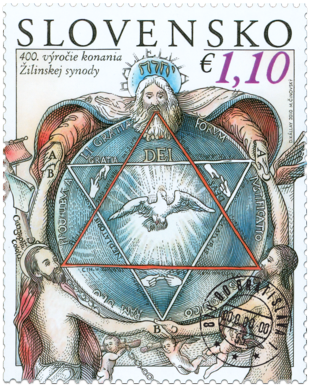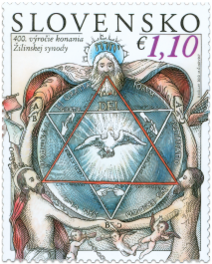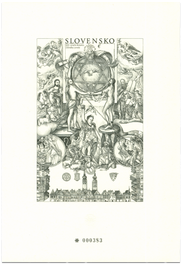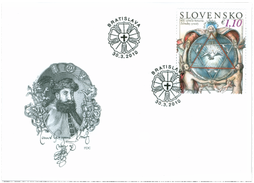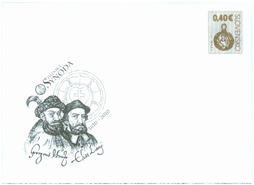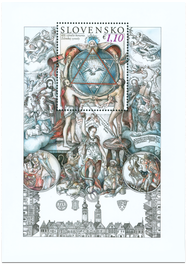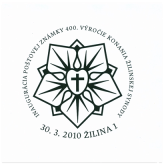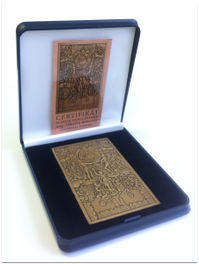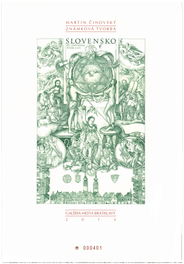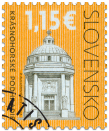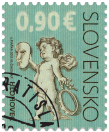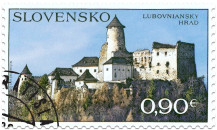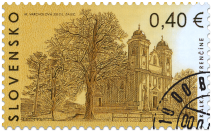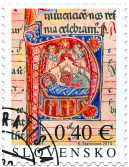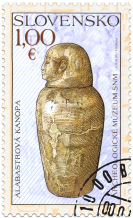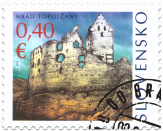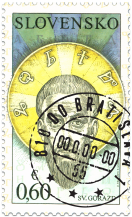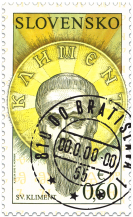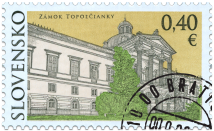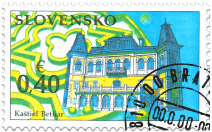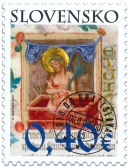472 Date of issue
30.03.2010 Face value
1.10 € Sell price
0.55 €
Ideas of religious Reformation had quickly spread in the 16th century also in our country. After the patriciate of Eastern Slovak royal towns and Medieval mining towns, the Hungarian nobility gradually inclined to Reformation and so at the beginning of the 17th century, a significant part of today´s Slovakia territory was Protestant. At the Country council in 1609 Count Juraj Thurzo from Betlanovce (1567 – 1616) became the Hungarian Palatine, a follower of the reformation of Augsburg confession which he supported and efficiently promoted by means of his authority. An important milestone was the synod, convened for March 28 – 30, 1610 to Žilina under the patronage of the Palatine Thurzo. The Žilina Synod meant constitution and creation of separate church organisation of the Evangelical Church of Augsburg Confession. The church congregations represented there defined basic symbolic issues and adopted the Formula of harmony. An important role in its preparation and wording of conclusions was played by Eliáš Láni, Bytča pastor and Thurzo´s advisor who was appointed to be one of the first Evangelical superintendents.
A unique authentic monument of those times is the Thurzo altar Speculum Justificationis dated in 1611. Monumental wooden altar from the chapel at the Orava castle preserved today in the Evangelical church of Augsburg confession in Necpaly, is extraordinary in its form and contents. The form of the altar unit with nine pictures is based on an older graphic model from the workshop of Jost Amman, a Nuremberg engraver and publisher, designed by the Evangelical theologian Caspar Melissander. Smaller panel paintings on fixed wings, in the dividing line and altar extension depict Bible scenes. Complicated composition of the spacious central painting painted on canvas is the visualisation of the key symbolical questions of which it is expression. Presented motives and notices in one composition interpret topics of excusing the sinful man in front of God for the faith itself in the Protestant perception.
The value of Thurzo altar is extraordinary – due to the personality of the customer as well as due to challenging and unique idea programme and last but not least, due to its artistic quality exceeding the average level of works of Protestant art of the 17th century in our country. Its iconography is the expression of professional and confessional identity of noble customer and apart from representation, it is also its „pictorial expression of faith“.
Jozef Medvecký
© 2024 POFIS - Postal philatelic service. All rights reserved

